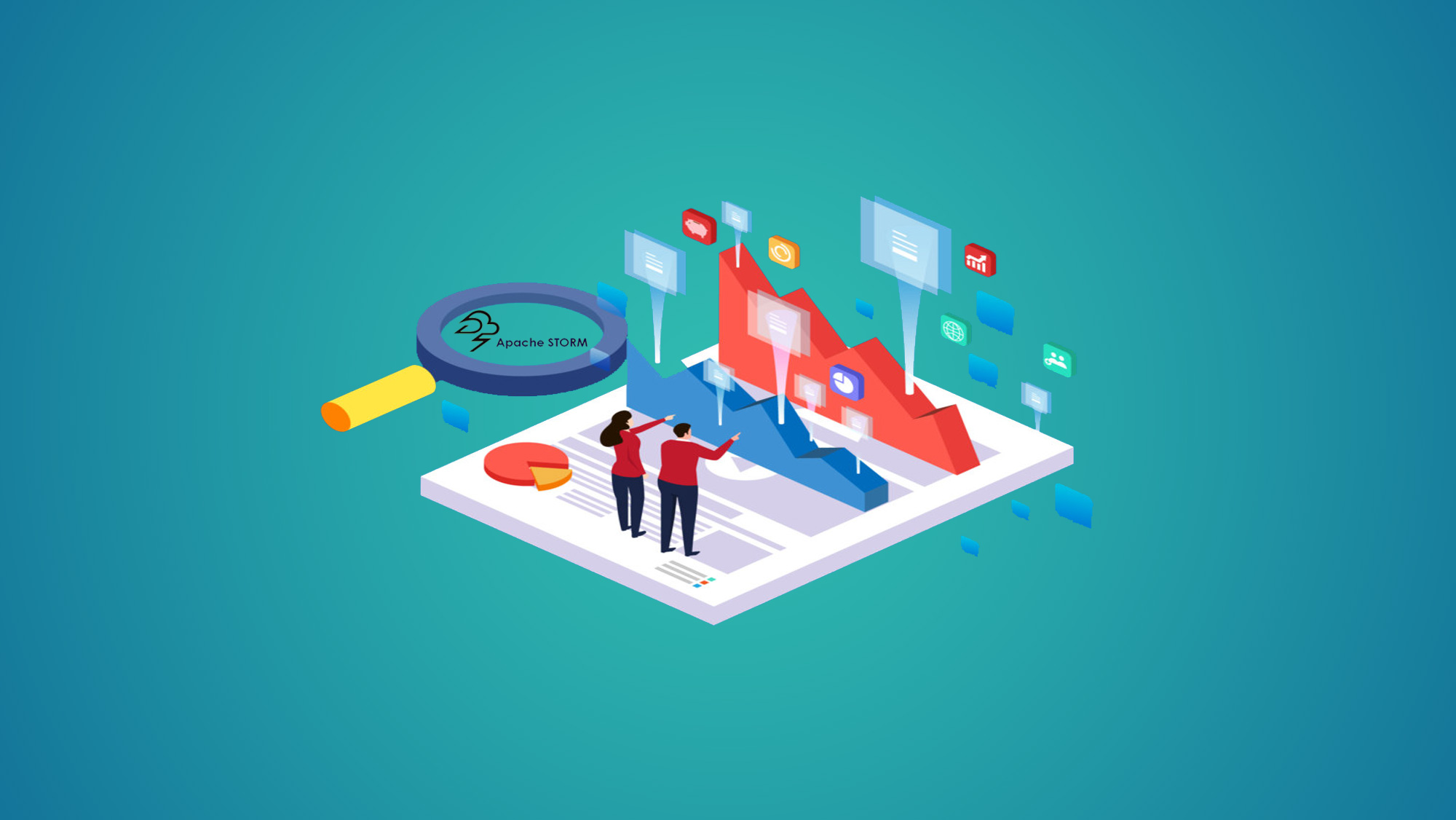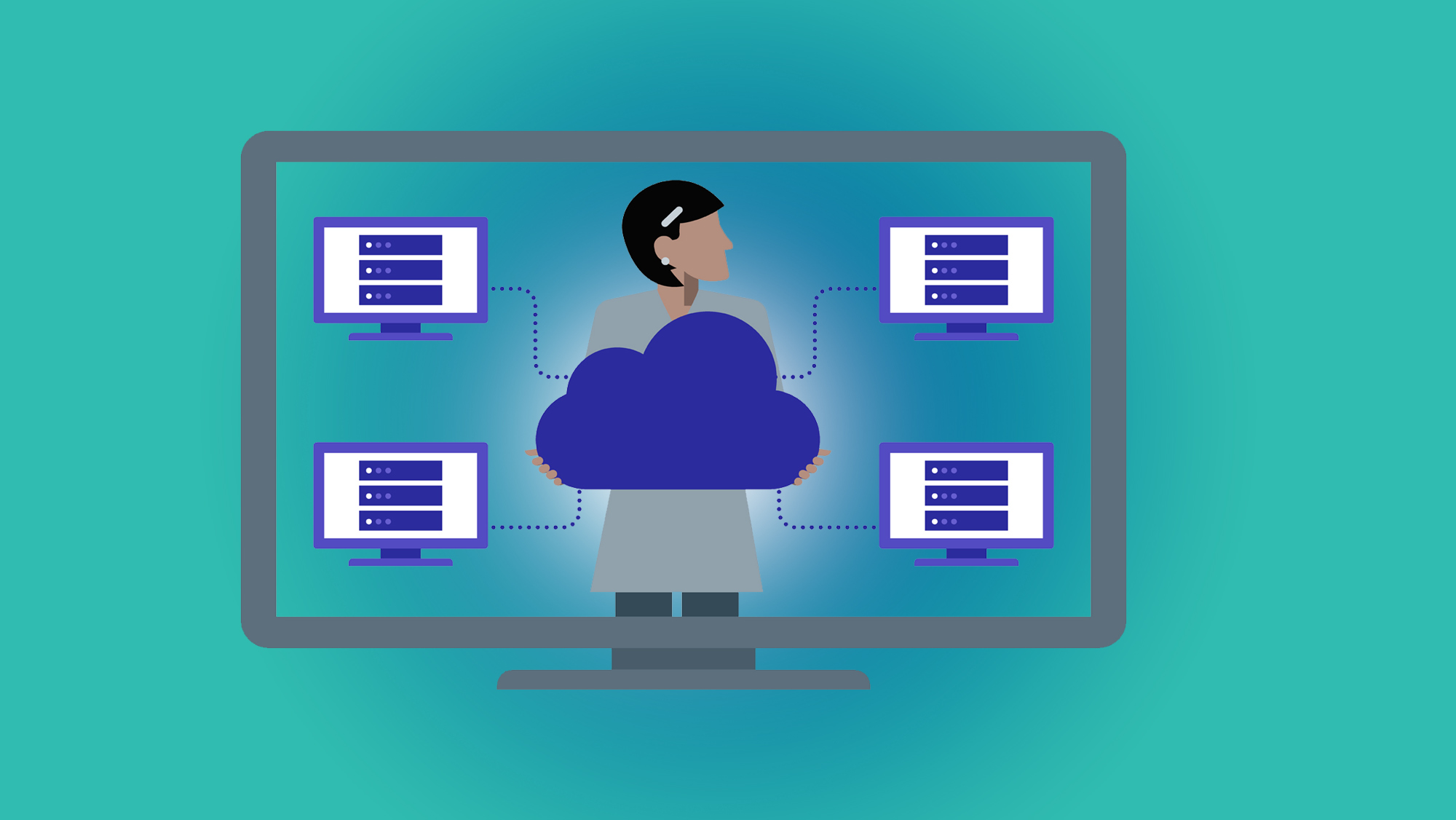Unlocking the Power of Workday Studio: Essential Tips and Tricks
Introduction:
In the fast-paced world of modern business, streamlined and efficient human resource management is crucial for success. This is where Workday comes into play, offering a comprehensive suite of cloud-based applications for managing HR, finance, and planning. At the heart of Workday's extensibility lies Workday Studio – a powerful tool that empowers organizations to tailor their Workday experience to meet their unique needs. In this blog, we'll dive deep into Workday Studio, exploring essential tips and tricks that will help you harness its full potential.
What is Workday Studio?
Workday Studio is an advanced integration and customization tool that enables organizations to create, modify, and extend Workday's functionality without complex coding. With its user-friendly interface, Workday Studio opens the door to endless possibilities for optimizing workflows, automating processes, and integrating with external systems.
Mastering the Basics: Building Custom Integrations
Workday Studio's drag-and-drop interface simplifies the process of building custom integrations. To get started, identify the systems you want to connect with Workday. Whether it's an external HR system or a finance application, Workday Studio can bridge the gap.
- Data Source Configuration: Begin by configuring the data source connectors for the systems you want to integrate. These connectors facilitate seamless data flow between systems.
- Data Transformation: Use Workday Studio's transformation capabilities to map and transform data between different formats and structures. This ensures that information is accurately interpreted by both systems.
- Business Process Design: Leverage Workday's workflow capabilities to design and execute business processes. From employee onboarding to performance reviews, Workday Studio can automate various HR processes.
Custom Report Creation: Tailoring Insights to Your Needs
Workday Studio isn't just about integration – it's also a powerful tool for creating custom reports that provide valuable insights. Here's how you can unlock this capability:
- Report Data Source: Connect Workday Studio to the desired data sources to access the information you need for your reports.
- Data Transformation: Similar to integrations, utilize data transformation to structure and format data for meaningful analysis.
- Custom Calculations: Create calculated fields to derive specific metrics that aren't available in standard Workday reports.
- Visualizations: Incorporate visual elements into your reports for enhanced data representation. Bar charts, pie graphs, and line charts can make complex data more digestible.
Enhancing User Experience: Personalizing Workday
One of Workday Studio's lesser-known capabilities is its potential for enhancing the user experience. You can create personalized Workday interfaces that align with your organization's branding and requirements.
- Custom Fields: Add custom fields to capture additional data points that are unique to your organization.
- Page Configurations: Modify existing Workday pages or create new ones to display custom fields and data.
- User-Friendly Workflows: Design intuitive workflows that guide users through processes step by step, reducing the likelihood of errors and ensuring consistency.
Optimizing Notifications: Timely Alerts for Action
Workday Studio can also serve as an effective tool for optimizing notifications and alerts. Keep your workforce informed and engaged by setting up automated notifications for various events:
- Event Triggers: Define the events that should trigger notifications, such as employee birthdays, upcoming performance reviews, or approval requests.
- Notification Channels: Choose the preferred channels for notifications, whether it's email, SMS, or in-app alerts.
- Content Customization: Tailor the content of notifications to ensure recipients receive relevant and actionable information.
Best Practices for Performance and Maintenance
To make the most of Workday Studio, it's essential to follow best practices for performance and maintenance:
- Regular Audits: Periodically review your integrations, reports, and customizations to ensure they remain aligned with your organization's evolving needs.
- Optimization: Optimize your workflows and integrations for efficiency. Unnecessary data transformations or complex logic can impact performance.
- Testing: Thoroughly test any changes or new configurations in a controlled environment before deploying them to your live Workday instance.
- Documentation: Maintain detailed documentation of your integrations, customizations, and reports. This documentation is invaluable for troubleshooting and knowledge transfer.
Conclusion:
Workday Studio is a game-changer for organizations seeking to elevate their HR and finance operations to new heights. By mastering the art of custom integrations, personalized reports, enhanced user experiences, optimized notifications, and best practices, you can truly unlock the power of Workday Studio. As your organization evolves, Workday Studio will continue to be your trusted ally in tailoring Workday's capabilities to suit your unique needs, ensuring that your business remains agile, efficient, and ready to thrive in the ever-changing business landscape.
You May Also Like
These Related Stories

Streamline Your Data Workflow: Apache Storm Training for Efficiency

TypeScript Unleashed:Maximize Your Productivity with Targeted Training




No Comments Yet
Let us know what you think